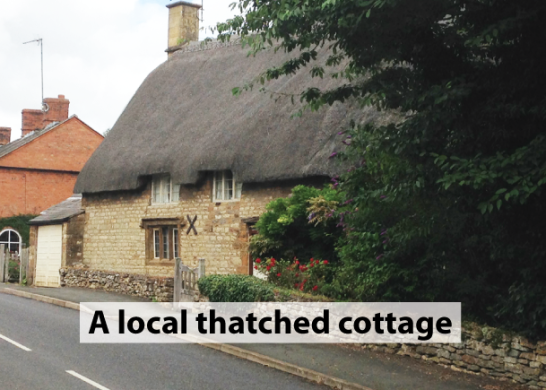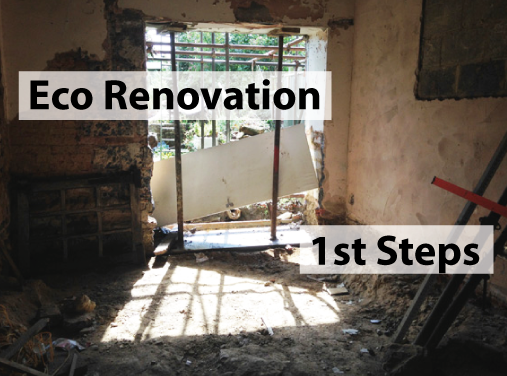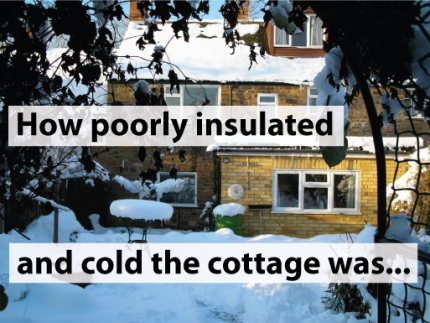
You might be wondering what on earth is lime render?
Believe it or not, lime render is a type of plaster, traditionally used to coat internal walls. Nowadays most internal walls in homes are made of gypsum plaster. If you’ve ever seen inside a house before it has been painted, you will have seen gypsum plaster – it’s an unmistakeable dark pink when it’s put on, and dries lighter.

First, let me tell you something of the fascinating history of lime. Lime render is also sometimes known as lime mortar or lime plaster, and is made from burning limestone. The substance you are left with after burning gets harder with age. The earliest known use of lime in construction is about 4000 B.C., so it has been around for a long time. The Romans used lime in buildings all over their empire. They also invented underfloor heating, which is another thing I am using in this build. So the Romans still have a big influence all these centuries later, and lime render has been thoroughly tried and tested and shown to last a very long time.
Making lime render isn’t simple. It has to be mixed in exact proportions with sand. Lime and sand mortars take time to harden, and don’t harden at all if under water. However, those clever Romans even invented a way of adding other ingredients to make the lime usable underwater, otherwise we wouldn’t have all those amazing aqueducts they made.

Advantages of lime render
So if lime render is tricky to make, why are we going back to using it today? It has several advantages over gypsum plaster.
- It works extremely well with an airtight membrane. (For my build this is a major advantage, and if you missed my post about the airtight membrane, you catch up here.)
- It is breathable.
- Reduces likelihood of damp or mould.
- Lime render is a more traditional option than gypsum plaster, making it a better choice for an old house.
- It is long lasting.
- It can be used on the inside of a building (in place of gypsum plaster) or on the outside (for example instead of concrete.)
- Easily recycled.

Advantages of using lime render with an airtight membrane
Let’s take a closer look at that first advantage – at why lime render and an airtight membrane work so well together.
It might seem bizarre to use a product that is breathable along with one which is airtight, but this isn’t as contradictory as it seems. In his article A Guide to Airtightness, eco expert Tim Pullen explains that breathability is not primarily to do with air. Airtightness means that there is minimal leakage of cold or hot air into or out of the house through cracks in the building materials, gaps between joins or where different materials meet – for example around windows or doors. As Pullen explains, UK airtightness regulations are fairly lax, and renovating to eco standards means going way beyond those standards.

Breathability, on the other hand, simply means the walls of a house take in moisture, but will also release it so that it dries out again. A building material with the ability to release any water vapour is called “hydroscopic.” When creating an airtight building it is essential to have breathable walls, otherwise you’d have a very damp house. Breathable walls reduce the growth of mould and dust mites, both of which contribute to allergies.
Years ago, before we had cement, all buildings would have been breathable and would have been plastered on the inside with lime render. In the UK everyone changed to using cement as it was much easier to use. However, lime is very recyclable. Old lime that has fallen off a wall can be used again as aggregate and mixed in with new lime. Old cement can also be recycled, but at a greater cost.

How the lime render and airtight membrane work together in our build
Lime render also acts as an airtight barrier itself. For our build, in areas of the house where there is lime render, such as on the inside of all the external walls, we can smooth the render over the edges of the airtight membrane. Together this forms a continuous airtight barrier. To attach the airtight membrane to the plaster successfully, we have to use a tape fastened to the edge of the membrane, which has a mesh on it. The mesh is what gives some grip and makes sure the join is secure. The lime plaster will then form part of the continuous airtight lining to the house.
As you might imagine, this is a complex process that required quite a bit of planning, preparation and care, and that needs a post in itself! Stay tuned for the next exciting instalment of how we used secret strategies to improve the breathability of my home!


























